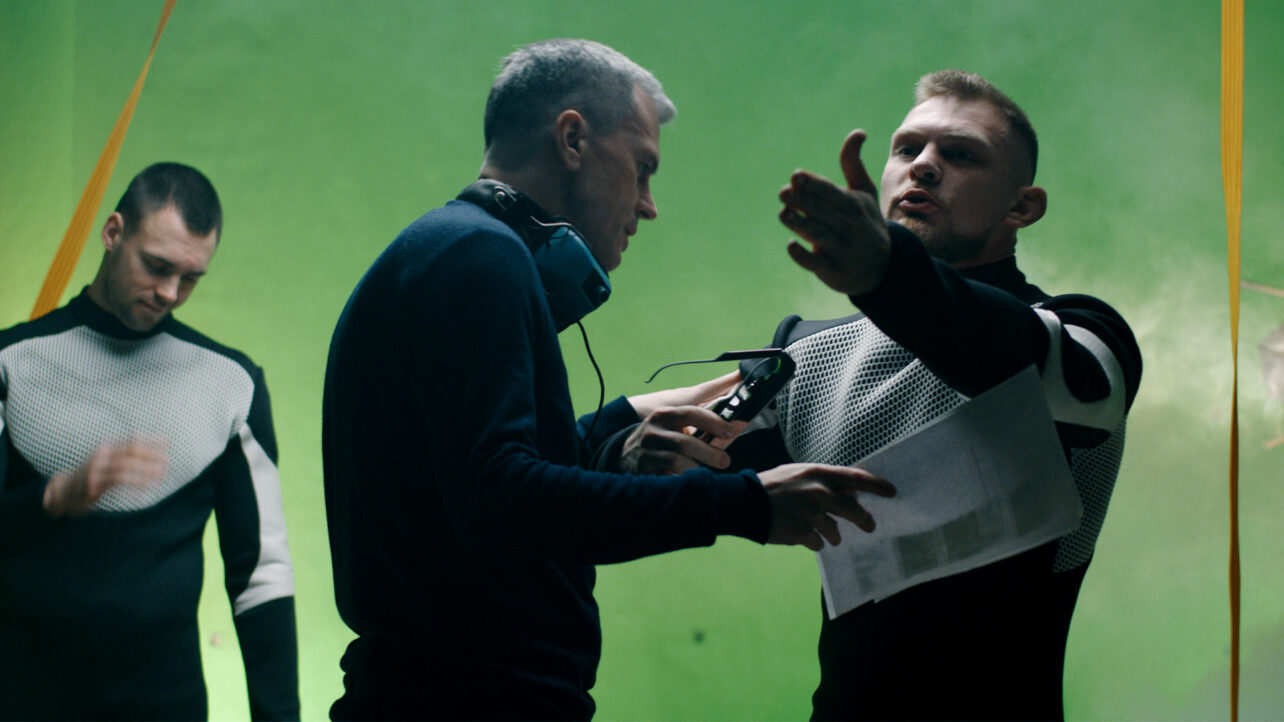I’m sure we’re all aware of the horror stories that unfold on film sets, courtesy of both difficult stars and challenging crew members. Sometimes, a set’s pressures can reveal individuals’ less appealing sides. Even during the smoothest shoots, the intense environment can be taxing for everyone under certain circumstances. While this website and its content mainly cater to those creating low-budget indie content (where a full-scale set might not be in the cards), it doesn’t mean tempers can’t flare.
While someone of equal stature can often subdue these personalities, this is not always the case for introverted individuals. Conflicts are often the last thing an introvert wants to encounter, let alone participate in.
Today, we’re diving into ways to safeguard against poor set morale. We’ll explore strategies to foster a positive atmosphere for both you and the entire cast and crew—even if it’s just a handful of people. Our focus will also include effective communication methods for all members, especially the challenging ones.
Navigating Challenging Personalities on Set
I came across some invaluable insights from a piece on “Psychology Today” about strategies for engaging effectively with tough colleagues. Drawing from that and my own experiences, I’ve identified the foundational principles of connecting with anyone on set, all while minimizing stress.
Generally, I’m hesitant to label someone as “difficult.” We all have our moments influenced by unique stressors. It’s worth remembering: any one of us can be that “difficult person” on set.
Film attracts an eclectic mix of personalities, and it’s unrealistic to expect to mesh with everyone. Some individuals might not resonate with you, despite your best efforts. Thankfully, most film projects have an end date. Do your best to manage interactions with challenging colleagues—it’s only temporary! For instance, if you’re a makeup artist and find that the DP on your project has an ego you can’t gel with, try minimizing interactions to maintain a positive vibe in your corner of the production.

Stay Centered, Uncover the Underlying Issue
If avoiding someone isn’t the solution, or quite frankly just not possible, and you frequently receive their anger or frustration, responding in the same fashion can only escalate matters. Before you reply, take a moment to breathe. Strive to look beyond their immediate emotional response and identify the deeper concern. Are they feeling undervalued? Is there a perception of unfairness? Were they expecting a longer break between shoots? External factors can also play a role.
A proven strategy is to address them by their first name and gently encourage them to walk you through the issue methodically. This can shift their focus from overarching stressors, grounding them in the present moment. Keep the dialogue constructive, and always speak with authenticity.
However, even if this becomes a stalemate, I recommend watching the reel below from John Delony. You can do your job without responding to malicious comments. ‘Those who speak last lose.
Avoid Public Reprimands
If intervention is necessary, refrain from calling anyone out publicly unless it’s a matter of safety or an unavoidable reason. Engage with them privately for a calm, productive discussion. If issues persist, involve key team members to emphasize the importance of resolution.
Maintain a Positive Outlook
Every situation offers a positive spin with a bit of effort. Even when you can’t assist immediately, provide alternatives or a realistic timeline. For instance, if William needs help relocating tables, but you’re occupied with coffee preparations, you might say: “I promised Sarah I’d set this up. Give me 5 minutes, and I’m yours. Alternatively, if it’s urgent, some PAs might be available in the parking lot.”
Consistently employing this approach can establish your reputation as cooperative, upbeat, and attuned to the project’s requirements.
However, not every interaction can be painted with rainbows and daisies. Bullying is sometimes simply that—bullying; nothing can mask it. In such situations, swift action is essential. Stay vigilant, sensing when tensions rise. Know your boundaries and understand who to turn to if you feel targeted. It’s crucial to discern when dialogue might be futile. Occasionally, the wisest move is to step back
Reflect
Post-interaction, connect with a trusted colleague to discuss your feelings and strategize potential approaches for future encounters. It’s also therapeutic to occasionally vent. Having a third-party perspective is invaluable.

It’s challenging to navigate situations with difficult colleagues or those who don’t resonate with you. But by integrating these communication strategies and not allowing these interactions to dictate your emotions, your on-set experience will be more enriching, and the production will benefit from your contributions.
For more on filmmaking, check out these articles:
5 Companies You Didn’t Know Had Amazing YouTube Tutorials
What does an Executive Producer do? Their Role and Responsibilities

